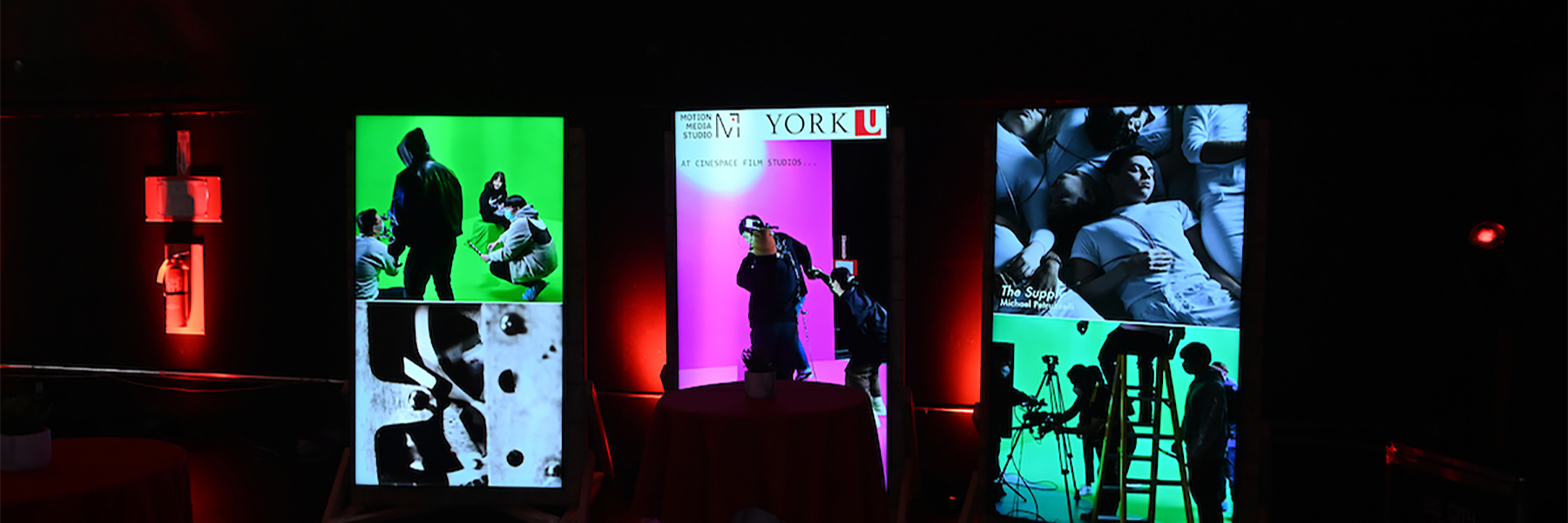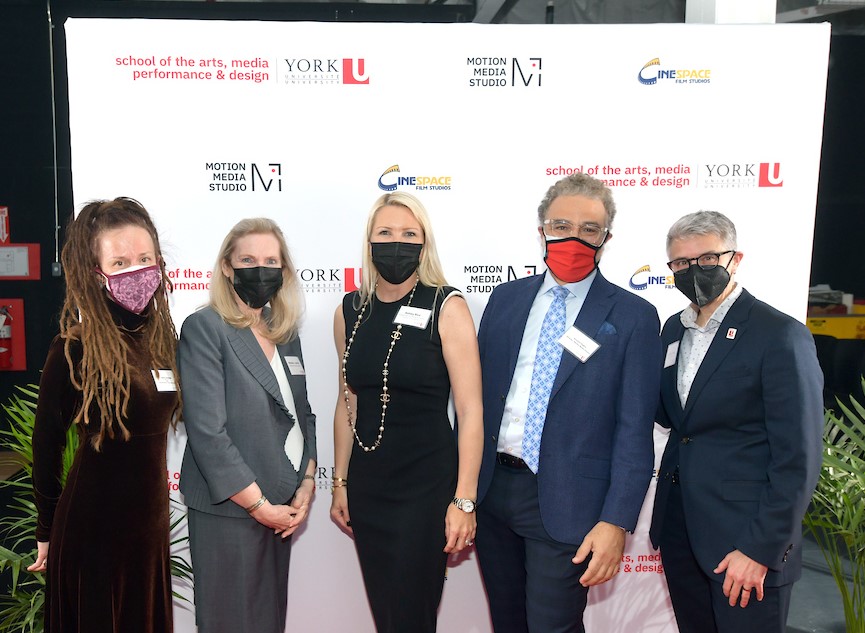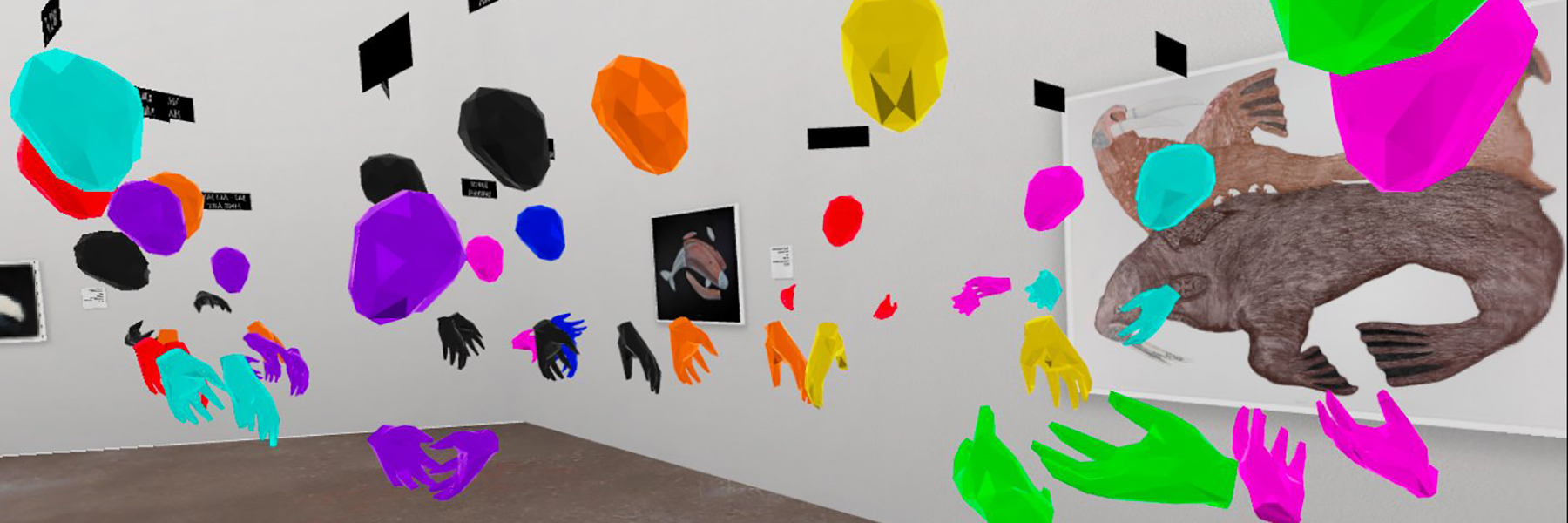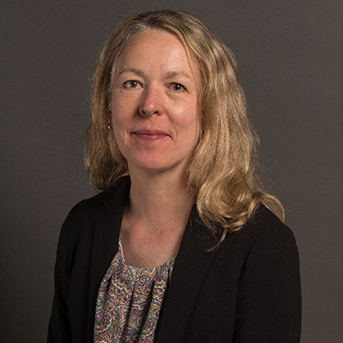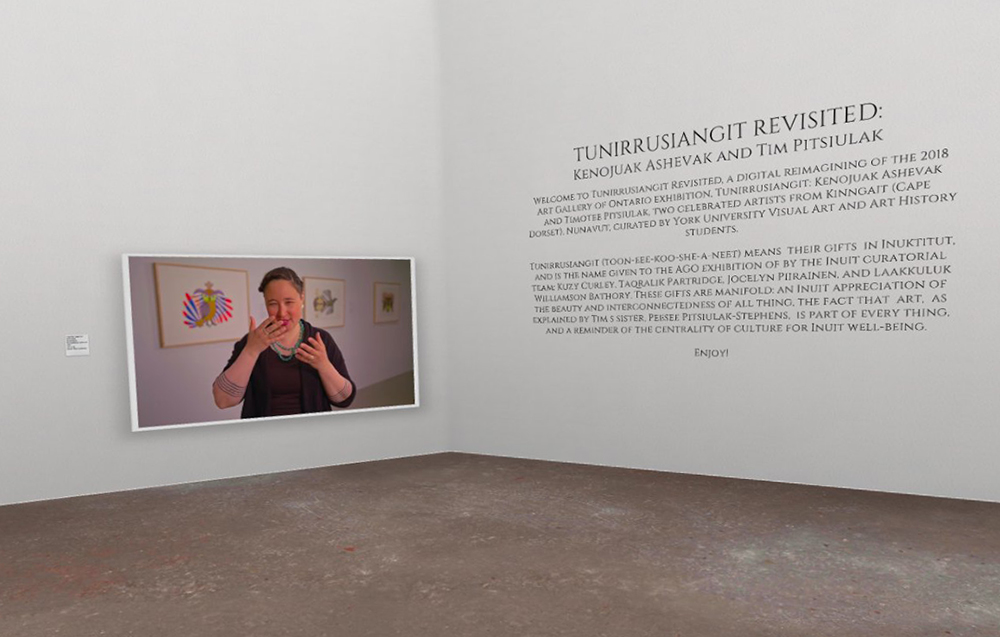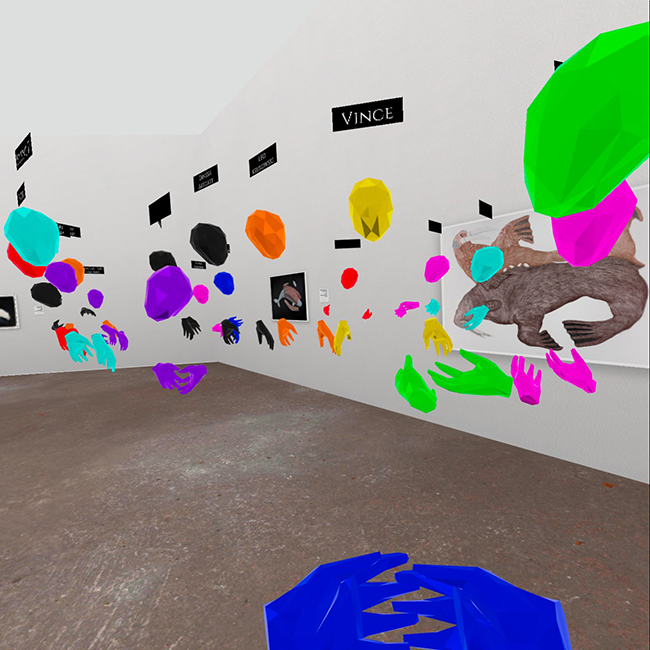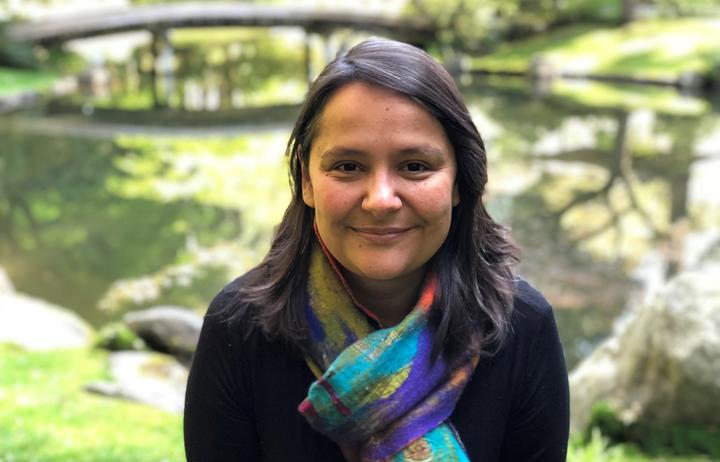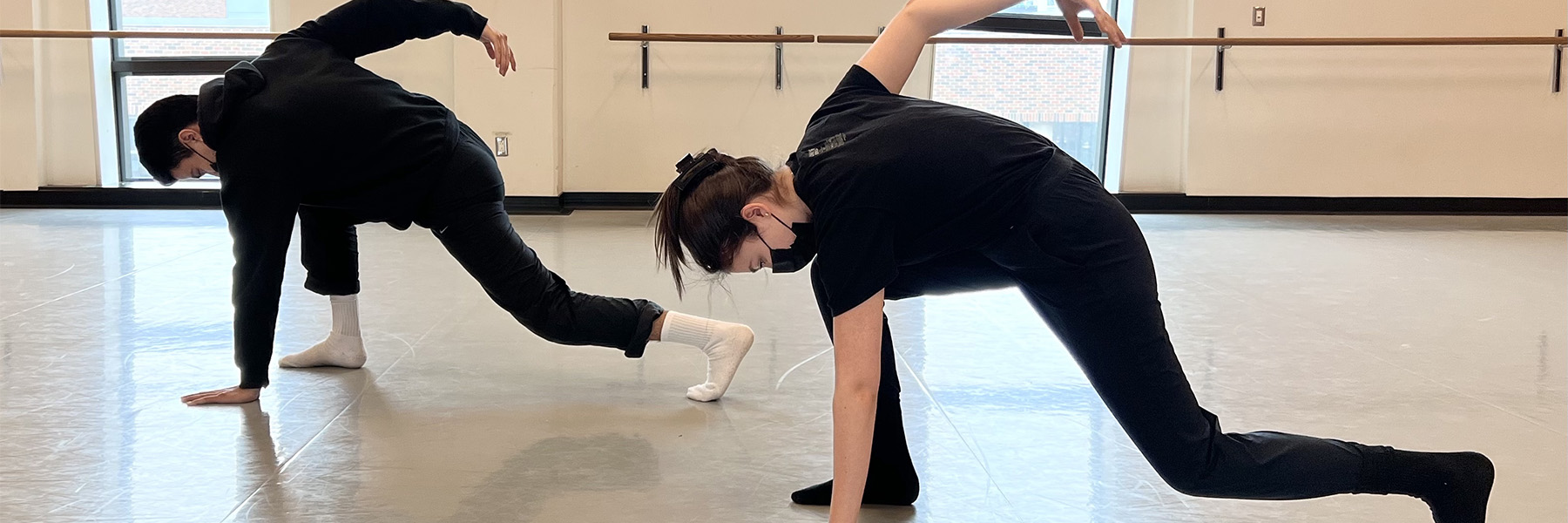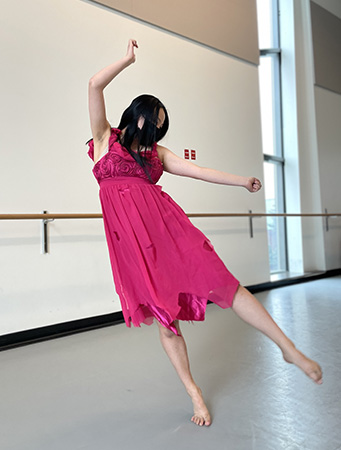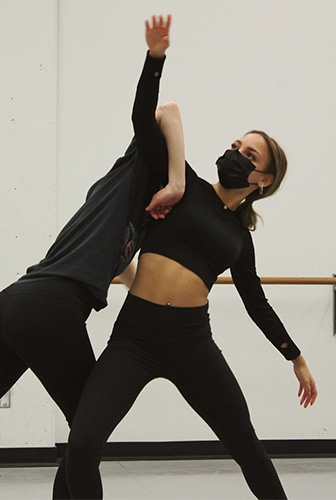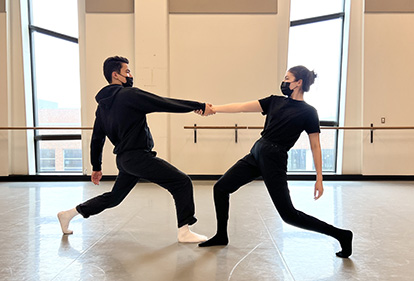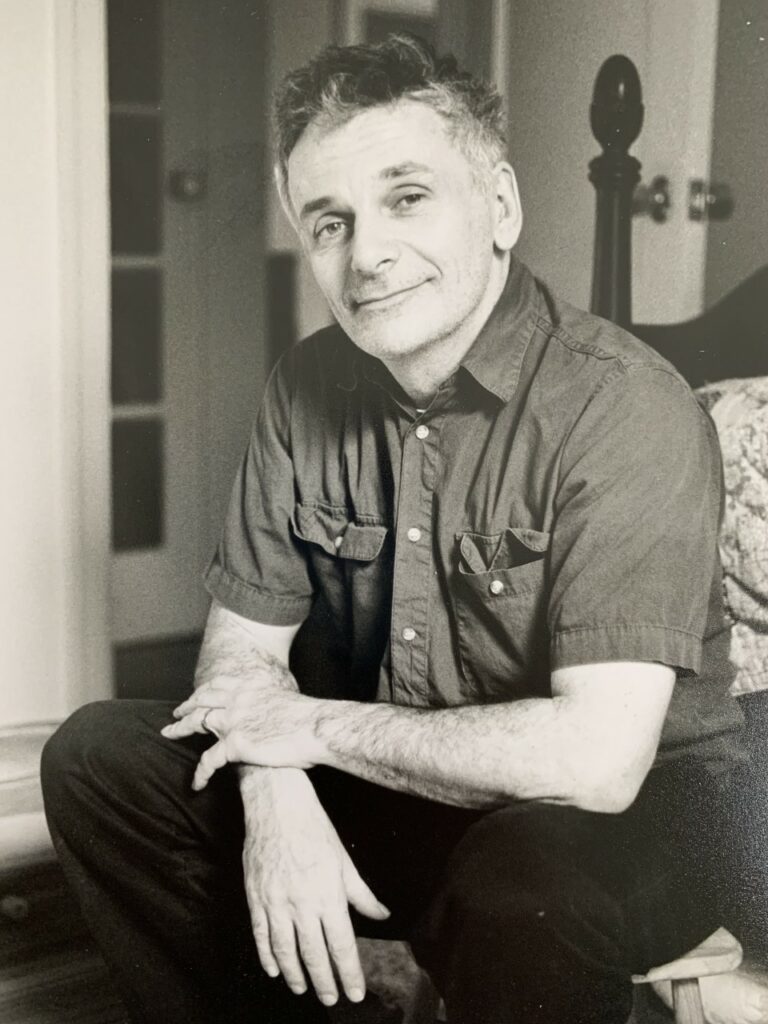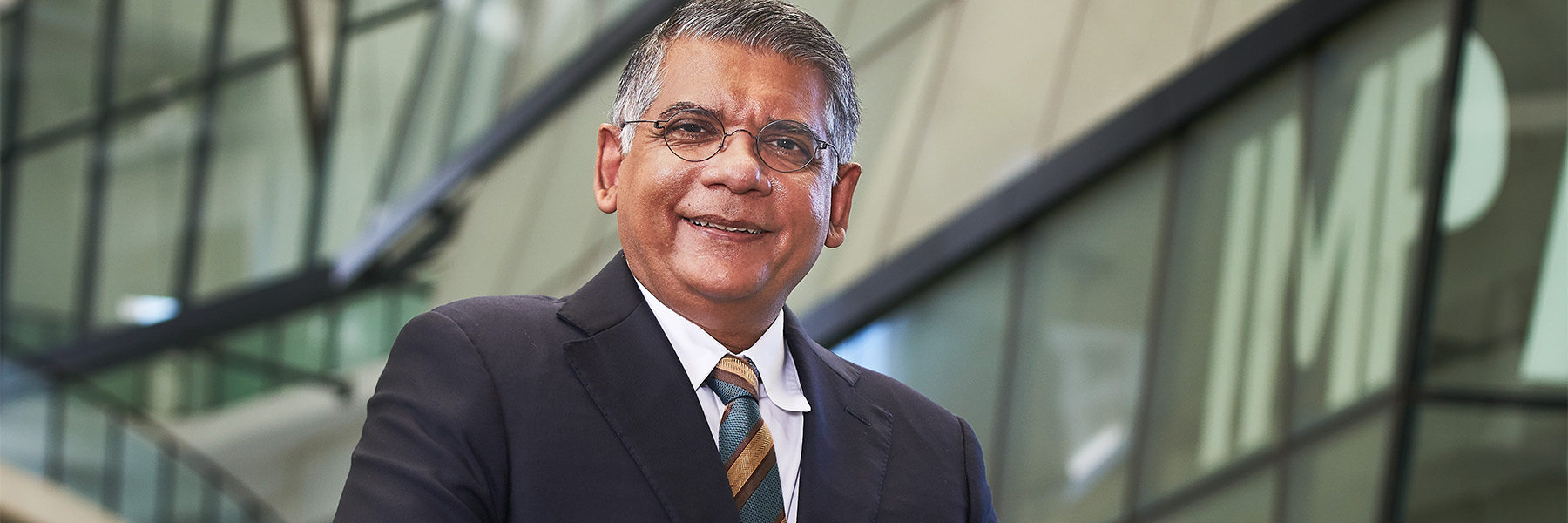Indigenous research at York University will be supported with funding of $1 million over three years through the York University Indigenous Research Seed Fund.
The fund provides emerging and established Indigenous scholars with support for research that advances excellence in Indigenous knowledge, languages and ways of knowing and being.
A call for applications was administered by the University’s Indigenous Council, and in May, 10 scholars were awarded with Indigenous Research Seed Fund grants, receiving a total of $204,298. The applications for the seed fund were reviewed by a faculty committee chaired by the inaugural director of the Centre for Indigenous Knowledges and Languages, Deborah McGregor, professor at Osgoode Hall School of Law.
The Indigenous Research Seed Fund will fund scholarly output to address colonialism and advance excellence in Indigenous scholarship. A further $795,000 has been committed to support Indigenous research over the next three years, for a total of $1 million.
The fund was created by the Office of the Vice-President Research & Innovation in collaboration with the Office of the Vice-President Equity, People and Culture in response to recommendations made in the the Indigenous Framework for York University: A Guide to Action. Guided by the Framework, and working in consultation with the Indigenous Council, the Office of the Vice-President Research & Innovation (VPRI) supported the Decolonizing Research Administration Report and subsequent implementation plan that focused on addressing the University’s research administration practices and policies, and identifying further steps the University should take to better support Indigenous scholars.
The fund builds on the University’s ongoing commitment to support emerging and established Indigenous scholars, their knowledge creation and the Indigenous communities they are working with.
“The Indigenous Research Seed Fund supports York’s recognition of Indigenous world views and the importance of ensuring that Indigenous scholars have space and place to thrive.” said Sheila Cote-Meek, vice-president, equity, people and culture. “While this is an important milestone for York on its journey towards reconciliation and decolonization, we still have work to do. In order to bring about change and create a truly inclusive environment we must foster an environment where diverse views are nurtured and supported.”
The Indigenous Research Seed Fund supports the goals of York’s Strategic Research Plan 2018-2023 which identifies Indigenous Futurities as an opportunity to advance social, cultural, artistic, legal, policy, economic and justice areas that holistically shape Indigenous experience.
“Indigenous scholars and students have and continue to contribute significantly to the benefit and well-being of society. This investment signals York’s commitment to acknowledging and supporting Indigenous research and scholarly activity, now and in the future,” says Amir Asif, vice-president research and innovation. “The Indigenous Research Seed Fund aims to facilitate research that is relevant to Indigenous life and respects Indigenous approaches to knowledge and learning. The fund will foster opportunities to collaborate, engage with, and learn from Indigenous communities.”
York’s 2020-2025 Academic Plan: Building a Better Future affirmed its commitment to the Indigenous Framework and identified six priorities for action for building a better future, including stronger relationships with Indigenous communities.
Successful projects were awarded to:
- Delany McKenzie Allen, assistant professor, Department of English, Faculty of Liberal Arts & Professional Studies (LA&PS) – Mapping Wampum Three Horizons
- Rebecca Beaulne-Stuebing, lecturer, Faculty of Education – The Full Moon Firekeeping Capacity-Building in Toronto
- Catesby Jennifer Bolton, PhD candidate, Department of History, LA&PS – National-Building: Exploring the Contributions of Anishinaabekwe to the Military, Their First Nation, and Canada
- Don Davies, postdoctoral Fellow, Department of Biology, Faculty of Science – Dementia Caregivers in the Metis Population
- Nicole Muir, assistant professor, Department of Psychology, Faculty of Health – Parental Residential School Attendance, History of Foster Care and Incarceration: Urban Indigenous Peoples’ Experiences and Strengths
- Archer Pechawis, assistant professor, Department of Visual Arts & Arts History and Theatre, School of Arts, Media, Performance & Design – The Electric Jingle Dress
- Brock Pitawanakwat, associate professor, Department of Humanities, LAPS – Anishinaabe Ethno-labour and Clan Responsibilities
- Rebecca Lazarenko, PhD candidate, Department of History, LA&PS Complices et victimes des projets coloniaux assimilateurs: les communautés francophones et Métis de l’Ouest (1890-1945)
- Chandra Maracle, PhD candidate, Faculty of Environmental & Urban Change – Feeding the Good Mind: Nourishing the New Faces Coming and the Post-Partum Family
- Cecilia Best, PhD candidate, Department of History, LA&PS – Intergenerational Resilience: A Survivor’s History of the Scoop 1950-2010





